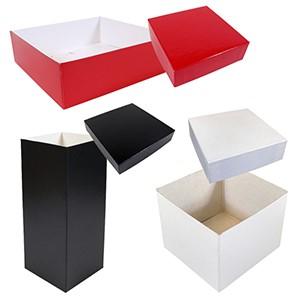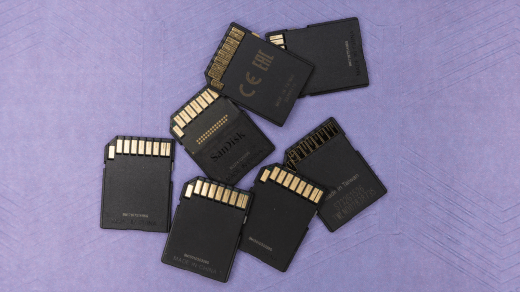
Scaled Agile Framework (SAFe) has become the industry benchmark for businesses shifting from traditional Waterfall methodologies to Agile practices. SAFe is becoming increasingly well-known, and as a result, many professionals are thinking about being certified in order to advance their careers and earn more money. However, considering the leading safe certification cost, a question arises: Is the ROI of a SAFe certification worth the expense?
This post will examine the many facets of the SAFe certification and help you decide if getting it is a good investment for your professional development.
What is SAFe and Why Is It Important?
SAFe was developed on the tenets of Lean, Agile, and DevOps to help large companies overcome their specific obstacles and transition to Agile software development. It provides a comprehensive collection of rules, best practices, and methods to manage and coordinate teams and align them with the corporate goal. Organizations who are interested in adopting Agile procedures should consider SAFe for various reasons:
- Scalability
As its name implies, SAFe was created to help huge organizations with various teams, projects, and physical locations scale their use of Agile principles. It assists companies in dealing with the special problems they have while trying to coordinate, synchronize, and integrate their operations.
- Alignment with business strategy
By providing a structure, SAFe helps businesses better integrate Agile methodology into their overall operations. As a result, teams are more likely to work together and less likely to have conflicting priorities.
- Faster time-to-market
Organizations can improve their development processes, decrease delays, and eliminate dependencies by adhering to the SAFe architecture. This allows them to get products and services to customers more quickly, which is essential in today’s cutthroat business climate.
- Higher quality products
The SAFe framework places a premium on iterative development and constant fine-tuning. This helps companies find problems before they become too costly to fix, resulting in higher-quality products with fewer flaws.
- Enhanced collaboration and communication
SAFe encourages teams to work together across departments and to keep lines of communication open with stakeholders and upper management. When everyone is on the same page, it’s easier to make decisions and speed up the supply of goods and services.
Benefits of Obtaining a SAFe Certification
After deciding whether or not a SAFe certification is useful for your job, you should think about the advantages it could provide.
- Enhanced job prospects
Getting certified in SAFe shows that you understand the Agile methodology and have mastered the SAFe framework. It can make you more marketable to prospective companies and lead to exciting new career paths.
- Higher earning potential
SAFe-certified professionals typically earn more than their non-certified peers. According to Scrum.org, the average salary for a SAFe Scrum Master is $80,995.
- Networking opportunities
Experienced Agile practitioners frequently teach SAFe certification classes, providing excellent opportunities to meet and learn from other professionals in the field.
Calculating the ROI of a SAFe Certification
Obtaining a SAFe certification may provide both real and intangible benefits; both must be accounted for when calculating the ROI. Here’s a step-by-step approach to help you calculate the ROI:
- Upfront costs
SAFe training and certification can cost anywhere from $900 to $2,500, depending on the training organization and the certification level desired. This cost usually covers the training course, online resources, and exams.
- Estimate the potential salary increase
Find out what other SAFe-certified professionals are making in your field and see how that stacks up against what you’re getting paid now. Try to estimate what your salary could be with the qualification.
- Financial benefits beyond salary
The financial benefits of obtaining a SAFe certification extend beyond a simple pay rise. These benefits include enhanced work security, promotions, and career prospects. You can determine the certification’s return on investment by comparing your expected earnings with the cost of being certified.
- Intangible benefits
While the intangible benefits of a SAFe certification may be trickier to calculate, they should not be ignored. Possible advantages include expanding your professional network, gaining self-assurance in your Agile expertise, and gaining respect from colleagues.
- Payback period
How long it takes to get your money’s worth out of getting certified is known as the payback period. To determine the payback period, divide the total cost of the certification by the expected annual financial advantages. The ROI is better if the payback time is shorter.
- Long-term benefits
Think about the long-term effects of getting your SAFe certification, in addition to the obvious short-term gains. A better lifetime income is possible as a result of the certification’s potential for facilitating professional advancement and maintaining marketability.
Conclusion
The worth of a SAFe certification is ultimately determined by the candidate’s career goals and professional environment. If you operate in an industry where Agile practices and the SAFe framework are highly regarded and the certification corresponds with your career ambitions, a SAFe certification may be worth the cost.




Recent Comments